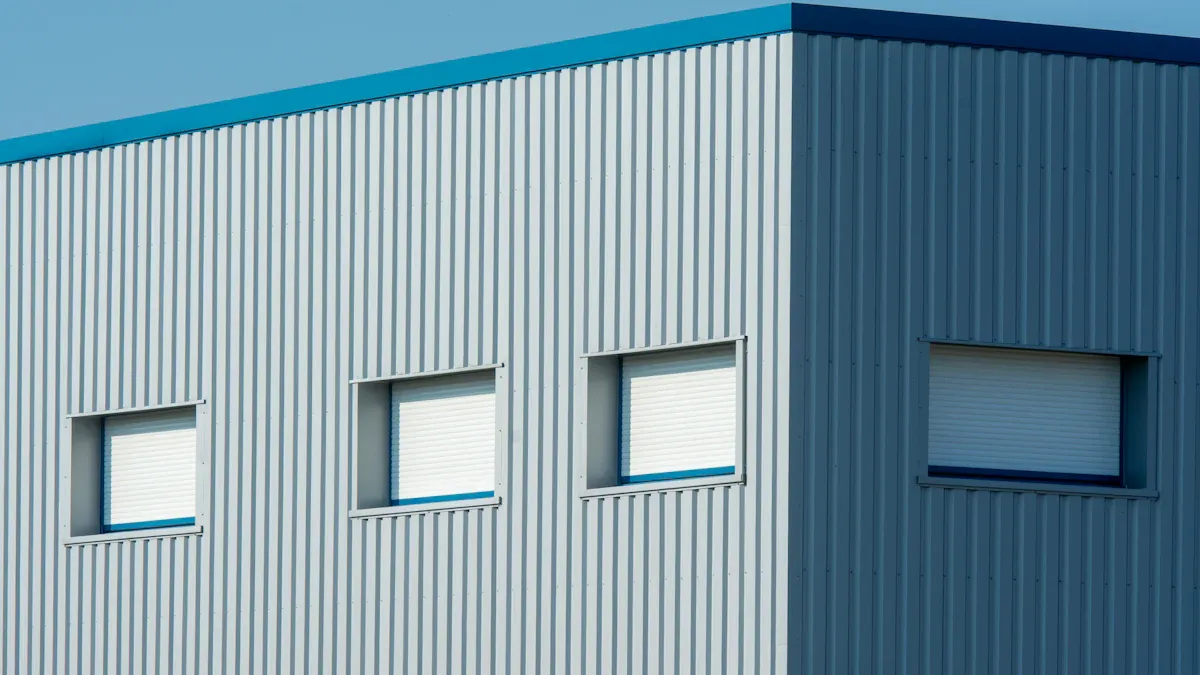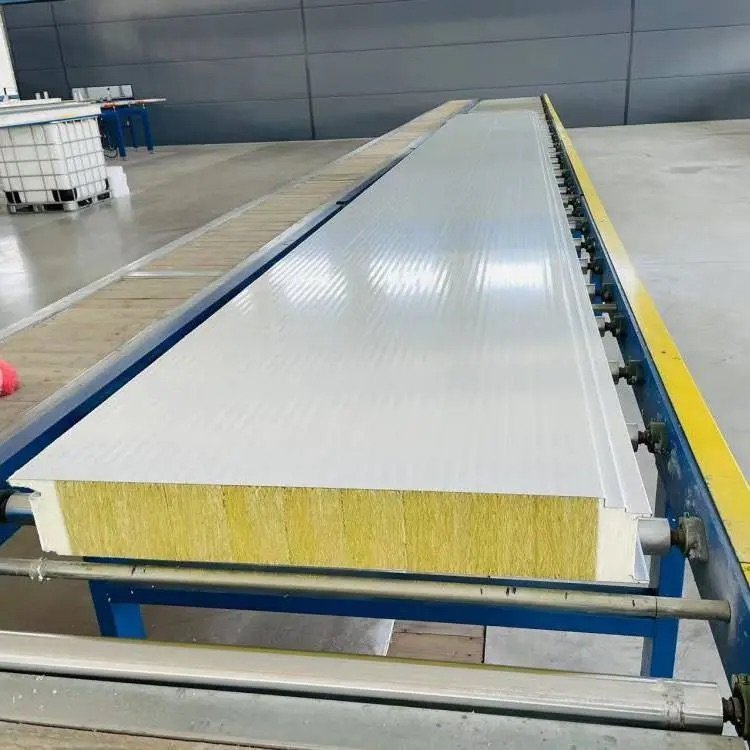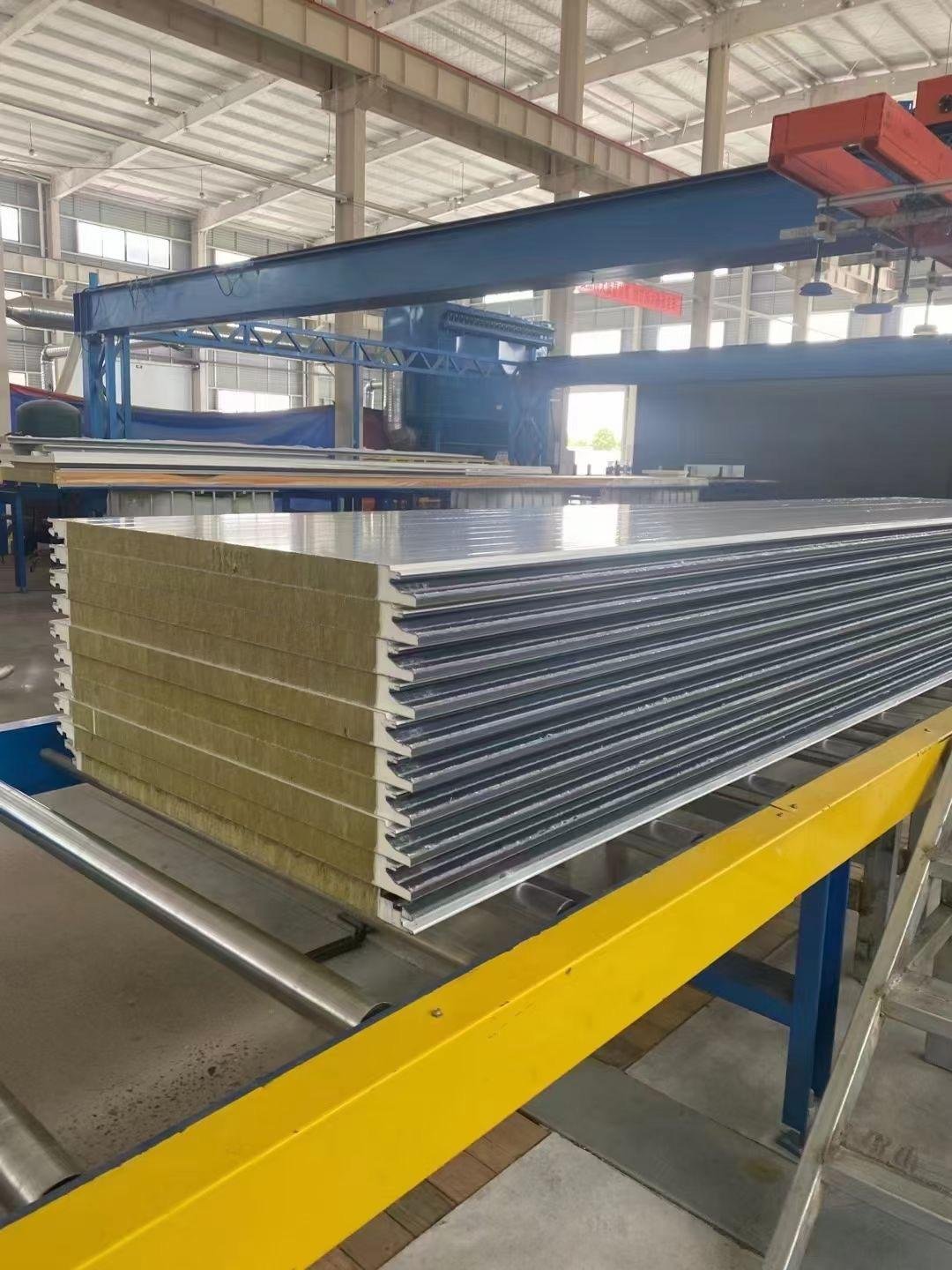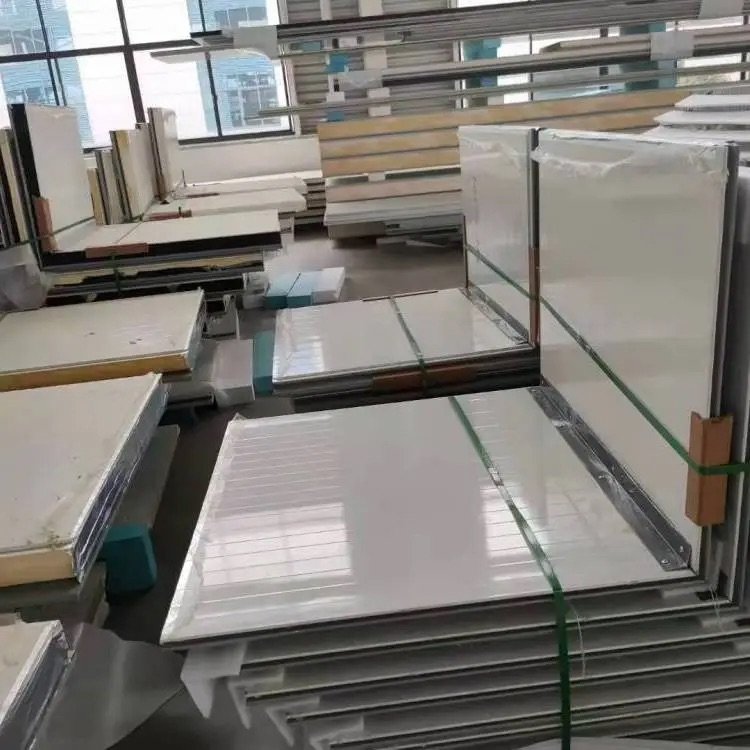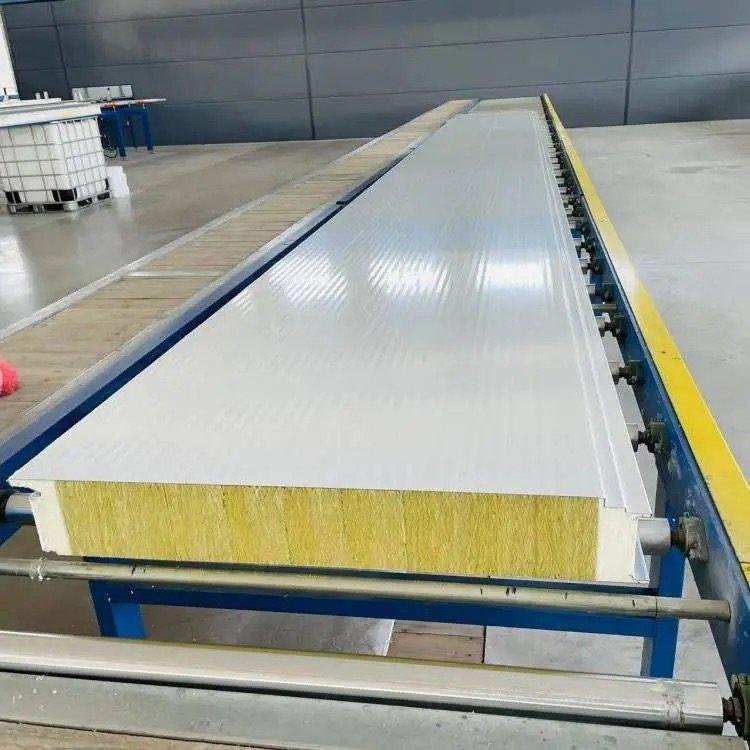
EPS sandwich panels are new building materials for great insulation. These panels have an expanded polystyrene (EPS) center between two strong layers. In cold storage, they help keep low temperatures by stopping heat movement.
You might ask why these panels work so well. Their ability to stop heat is very high at 0.040 W/m*K. This keeps the inside temperature steady. Unlike old materials like concrete blocks, EPS panels give better insulation with U-values as low as 0.18 W/m²K. They can save up to 30% on energy costs, making them perfect for cold storage places.
Key Takeaways
EPS sandwich panels keep cold storage areas cool and steady. They cut energy costs by up to 30%.
These panels are light and simple to set up. This saves time and money, making them great for many storage needs.
EPS panels block water and handle temperature changes well. They stop mold and keep stored items safe for a long time.
Using EPS panels lowers carbon emissions. They are eco-friendly and help protect the planet.
Buying EPS panels saves money on energy and repairs over time. They are a smart and affordable choice for cold storage.
What Are EPS Sandwich Panels?
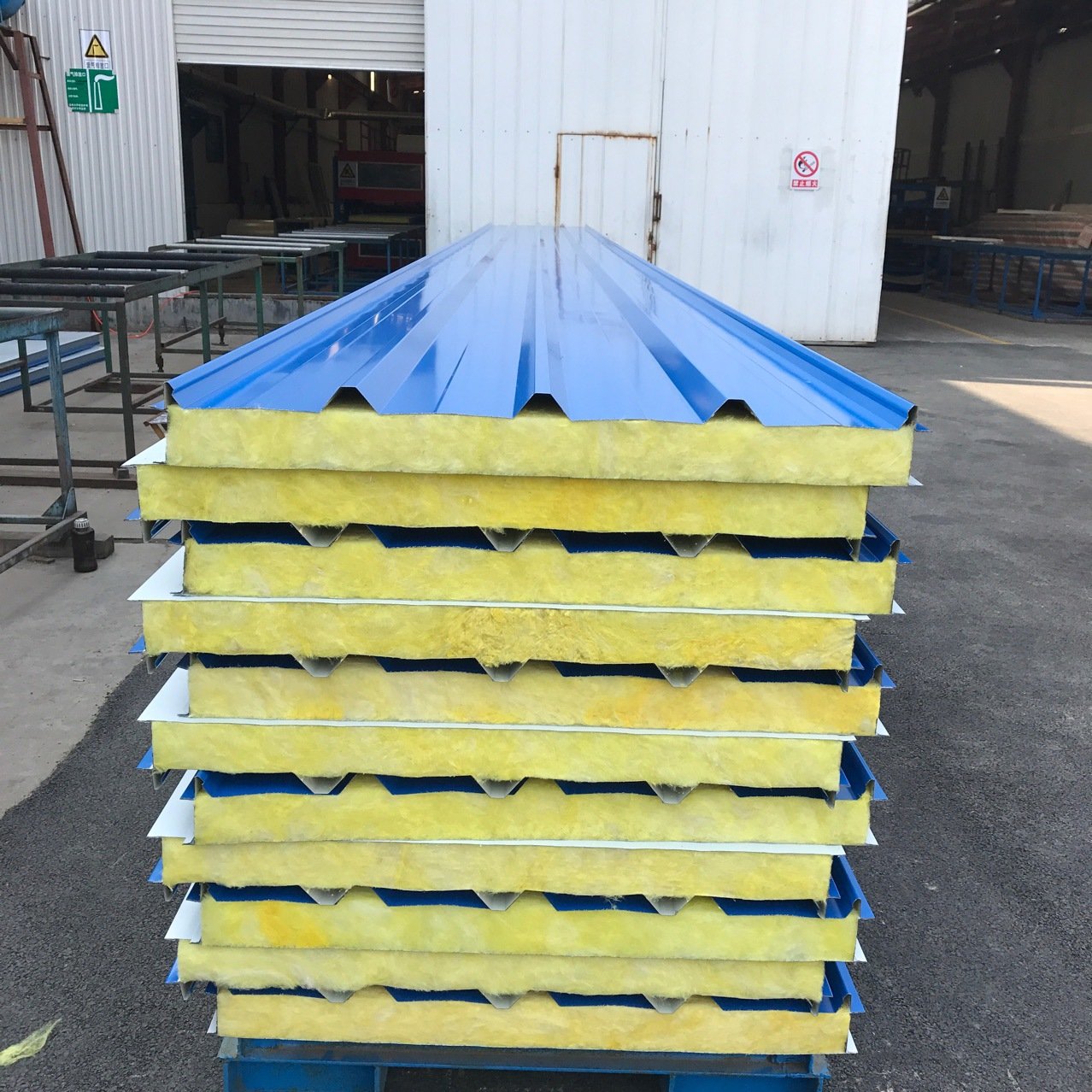
Composition and Structure
EPS sandwich panels have a simple but smart design. They have an expanded polystyrene (EPS) core between two strong outer layers. This design improves insulation and makes the panels sturdy. The EPS core blocks heat, saving energy and keeping temperatures steady. The outer layers, often steel or aluminum, protect the core and add strength.
These panels are light and very useful. They are used in industries like transport. Refrigerated trucks use them to keep food fresh. They keep heat in during winter and stay cool in summer. This makes them great for saving energy.
Definition | Performance Statistics |
|---|---|
EPS sandwich panels have an EPS core between strong outer layers, improving insulation and durability. | EPS panels cut CO2 emissions by 40% during building and 65% during use. |
Key Features of EPS Sandwich Panels
EPS sandwich panels have many features that make them perfect for cold storage:
Superior Insulation: The EPS core stops heat transfer, keeping temperatures steady. This helps protect stored items.
Energy Efficiency: These panels use less energy, cutting costs. They also lower CO2 emissions, helping the environment.
Lightweight Design: They are strong but easy to move and install. This saves time and effort.
Durability: The outer layers shield the EPS core from damage, moisture, and temperature changes, making them last longer.
Versatility: These panels work well in cold storage and refrigerated vehicles.
Property | EPS Mortar | HPEPC |
|---|---|---|
Compressive Strength | Low | About 8 times stronger |
Thermal Conductivity | Higher | About 1/4 of EPS mortar |
Structural Performance | Standard | Better with UHPC face sheets |
With these features, EPS sandwich panels are a strong and efficient choice for cold storage and more.
Why Pick EPS Sandwich Panels for Cold Storage?
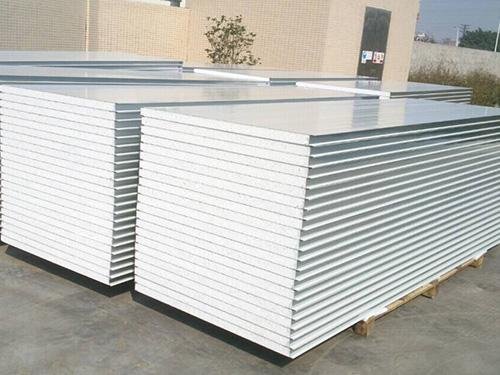
Great Insulation and Energy Savings
EPS sandwich panels keep heat out very well. They are perfect for cold storage. Each inch of the panel has an R-value of 5. This means it blocks heat effectively. Unlike other materials, EPS keeps its R-value for years. It doesn’t lose gases because it traps air inside. This air helps the panels work well for decades.
Benefit | Value |
|---|---|
R-value per inch | 5 |
Water resistance | Up to 13 times more than EPS |
R-value retention over 20 years | Minimum of 90% |
These panels save a lot of energy. They can cut energy use by half in cold places. By stopping heat transfer, they keep inside temperatures steady. This protects stored items and lowers costs.
Light and Easy to Install
EPS sandwich panels are light and simple to set up. You can move and install them easily. This saves time and money on labor. Their design allows for quick assembly. They work well for both small and big storage spaces.
Even though they are light, they are strong. The outer layers, often steel or aluminum, make them tough. This mix of lightness and strength keeps your storage safe and sturdy.
Resists Water and Temperature Changes
EPS panels are great at blocking water and handling temperature shifts. Their design stops water from soaking in. This prevents mold and rot in damp places. This is very helpful for cold storage, where dryness is key.
Evidence Type | Description |
|---|---|
Moisture Resistance | EPS panels block water, stopping mold and rot in wet areas. |
Temperature Resistance | EPS panels keep heat out in summer and warmth in winter. |
Energy Efficiency | EPS panels save up to 50% energy in cold areas. |
The panels don’t let much heat pass through. This keeps the inside temperature steady. They also block outside heat, making cold storage work better. This ensures your items stay in good condition.
How Do EPS Sandwich Panels Work in Cold Storage?
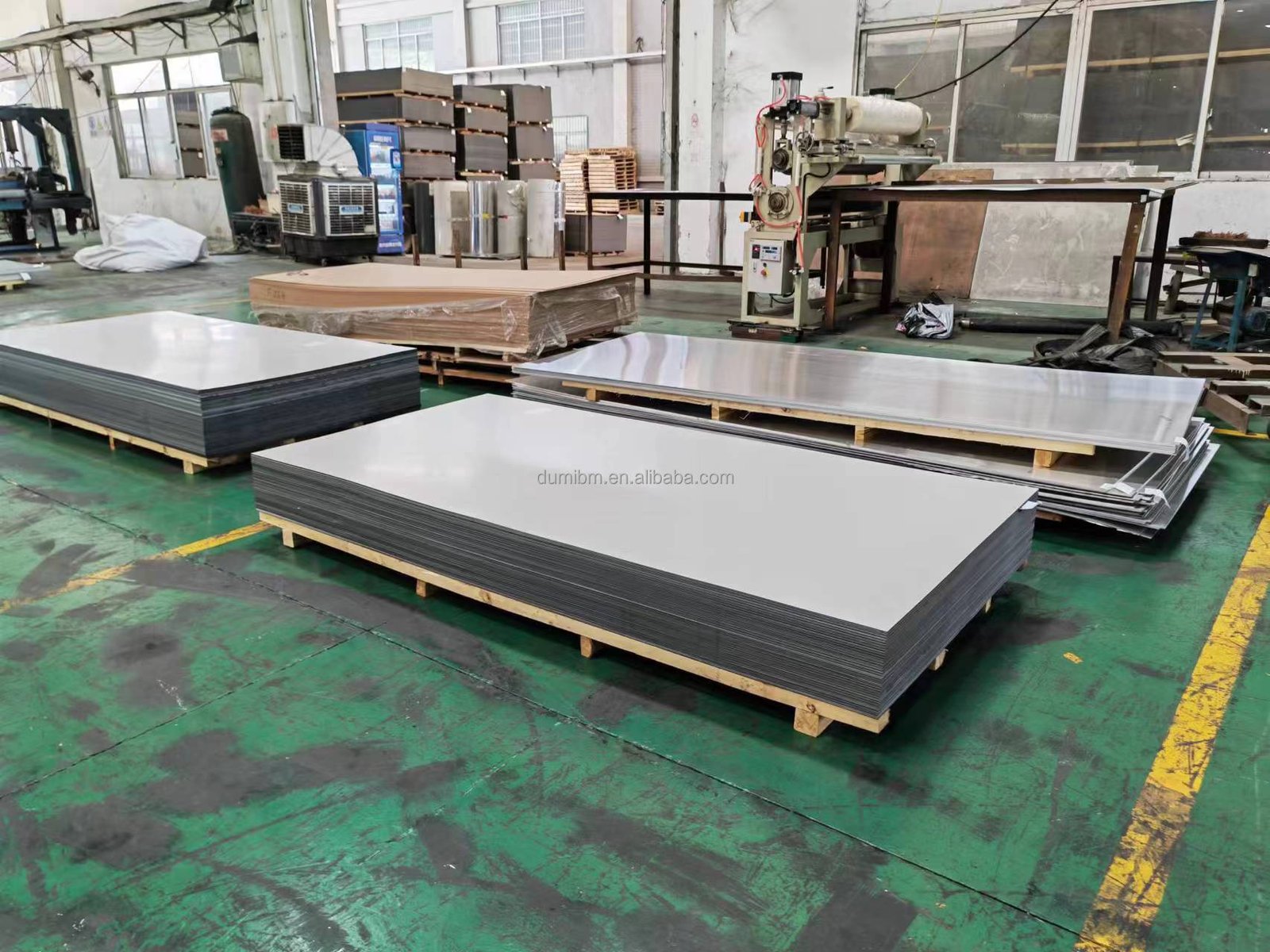
Stopping Heat Movement
EPS sandwich panels are made to stop heat from moving. This makes them great for cold storage. Their special design blocks heat from passing through. This keeps the inside temperature steady, no matter the outside weather. Each inch of the panel has a high R-value. This means it resists heat better than other materials. Because of this, cooling systems don’t have to work as hard, saving energy.
Here’s some data to show how these panels work:
Panel Type | Heat Flow (W/m²) | Temperature Difference | Connector Spacing |
|---|---|---|---|
P0 | Highest | Control | |
P2 | 174 | Lower | Staggered |
P3 | 128 | Lower | Staggered |
P4 | 127 | Lower | Staggered |
The table shows that panels with staggered connectors (P2, P3, and P4) have less heat flow than the control panel (P0). This proves EPS panels are good at stopping heat movement.

Keeping Inside Temperatures Steady
EPS sandwich panels are great at keeping inside temperatures stable. Their design blocks outside heat and keeps cold air inside. This helps protect items that need to stay cold. Even in very hot or cold weather, these panels keep the temperature steady. This reduces the strain on cooling systems, making them last longer. It also lowers electricity costs, which is good for the environment.
Feature | Description |
|---|---|
Special design | Blocks heat and keeps cold air inside. |
Controls temperature better than other materials. | |
Energy savings | Uses less power, cutting costs and helping the environment. |
By stopping heat and keeping temperatures steady, EPS panels are perfect for cold storage.
Benefits of EPS Sandwich Panels for Cold Storage
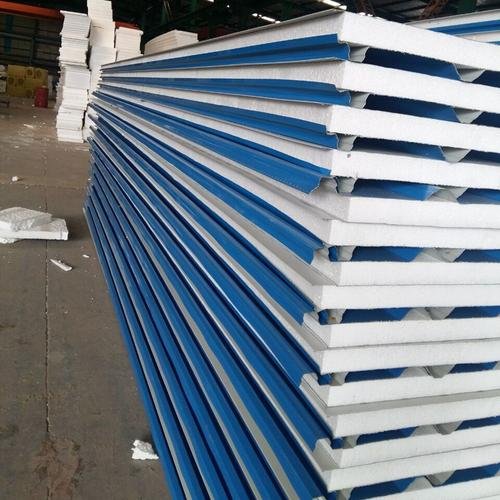
Saving Money and Energy
EPS sandwich panels help save money by using less energy. They stop heat from moving, keeping the cold inside. This means cooling systems don’t need to work as hard. Using less electricity lowers your energy bills over time.
These panels are also very strong and last long. They don’t break easily, so you won’t need to fix or replace them often. By using these panels, you save money and keep your storage running well for years.
Helping the Environment
EPS sandwich panels are good for the planet. They use less energy because they keep heat out. This lowers harmful gas emissions, making them eco-friendly. Many of the materials in these panels can also be recycled, which helps reduce waste.
By picking these panels, you help protect the environment. You use less energy and create less pollution. This makes EPS panels a smart and green choice for businesses today.
Reducing Noise
EPS sandwich panels don’t just keep things cold—they block noise too. Their design absorbs sound, making your storage quieter. This is helpful if your storage is near loud places like factories.
The panels stop outside noise, creating a calm space inside. This makes it easier for workers to focus and improves how your storage works overall.
Installation Process of Cold Store Panels

Preparation and Planning
Before setting up cold store panels, plan carefully for success. First, check the storage area. Measure it to know how many panels you need. Clear away any trash or obstacles to make the space ready. A clean area helps avoid delays during setup.
Next, gather all tools and materials. You’ll need items like drills, screws, and sealants. Having everything prepared saves time and keeps things organized. Also, read the manual from the manufacturer. It has important instructions for the panels you’re using.
Tip: Make sure the floor and walls are even. Uneven surfaces can cause problems with panel fitting.
Panel Assembly and Sealing
Putting the panels together is simple if you follow steps. Start by placing the first panel in a corner. Secure it with screws or fasteners. Add more panels one at a time, checking they line up well. Use a level to ensure each panel is straight.
Sealing is very important. Apply sealant along the edges where panels meet. This stops air from leaking and improves insulation. Pay close attention to corners and edges, as gaps often form there. Good sealing keeps the cold store working properly.
Maintenance and Longevity
Taking care of your panels makes them last longer. Check them often for damage like dents or scratches. Clean them gently with mild soap to avoid harm. Don’t use harsh cleaners that might ruin the surface.
Look at the seals regularly. Replace any worn-out sealant to keep insulation strong. Fixing small problems early avoids big repairs later. With good care, your panels can work well for many years.
Note: Keep a record of maintenance checks and fixes. This helps you stay on top of care and repairs.
Cost-Effectiveness of EPS Sandwich Panels
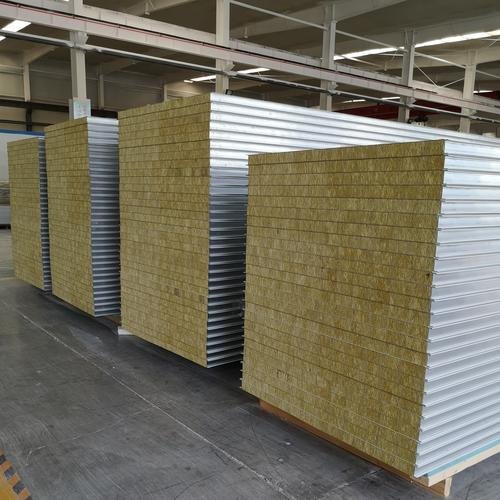
Initial Costs vs. Long-Term Savings
EPS sandwich panels might cost more at first. However, they save money over time. These panels provide excellent insulation, cutting heating and cooling needs. This lowers energy bills, balancing out the initial expense.
Studies show EPS panels can reduce energy use by 30%. This means big savings for cold storage facilities. They also lower building costs by 10-15% compared to older materials. This makes them a smart choice for businesses.
Aspect | Initial Costs | |
|---|---|---|
EPS Sandwich Panels | Higher | Big savings from energy efficiency and durability |
Awareness | Low for small businesses | Slows adoption of long-term benefits |
Choosing EPS panels is an investment that pays off. You save on energy and maintenance over time.
Reduced Energy Consumption
EPS sandwich panels help cut energy use. Their strong insulation reduces the need for heating and cooling. This keeps cold storage units at steady temperatures, protecting stored items.
The demand for EPS panels is growing worldwide. Studies show they can lower energy use by up to 30%. This makes them perfect for cold storage. Using less energy saves money and helps the environment.
With EPS panels, you get reliable insulation for decades. This keeps your cold storage running efficiently and costs low.
Durability and Lifespan
EPS sandwich panels are made to last. They are tough and handle wear and tear well. The outer layers protect the core from damage like moisture or impacts.
Unlike older materials, EPS panels keep their insulation ability over time. They don’t lose gases or break down, staying effective for years. This means fewer repairs and replacements, saving money.
By using EPS panels, you get a long-lasting solution. They are strong, efficient, and a great choice for cold storage businesses.
Comparing EPS Sandwich Panels to Other Materials

EPS Panels vs. Polyurethane Panels
EPS panels and polyurethane panels differ in cost and performance. EPS panels are cheaper, costing $5–$8 per square meter. Polyurethane panels are more expensive, ranging from $10–$15. This makes EPS panels a better choice for saving money.
Polyurethane panels have a higher R-value at first. This means they block heat better per inch. However, both materials lose some R-value over time. Polyurethane panels resist water better, but EPS panels absorb very little moisture and still work well.
Feature | EPS Panels | Polyurethane Panels |
|---|---|---|
R-value | Drops over time due to thermal drift. | Starts higher but also decreases over time. |
Cost | Lower cost. | Higher initial cost. |
Fire Resistance | Tested for one-hour fire rating. | Needs extra fire protection. |
Moisture Resistance | Absorbs little water, stays efficient. | Very low water absorption. |
Mold Growth | Prevents mold growth effectively. | Also prevents mold growth. |
EPS Panels vs. Mineral Wool Panels
EPS panels and mineral wool panels have different uses and costs. EPS panels cost $5–$8 per square meter, making them cheaper. Mineral wool panels cost more, at $8–$12 per square meter. This makes EPS panels better for large cold storage projects.
Mineral wool panels are better at stopping fires and blocking noise. They are good for places needing extra safety or quiet. EPS panels are lighter and easier to install. But in wet areas, they may need replacing sooner, lasting 15–20 years compared to mineral wool’s longer life.
Why Choose EPS Panels?
EPS panels are affordable, easy to use, and versatile. They are light but strong, making them great for cold storage. They keep temperatures steady, saving energy and lowering costs.
While they don’t match mineral wool’s fire safety or polyurethane’s insulation, EPS panels are a good balance. They resist mold and stay efficient even with little water absorption. This makes them a smart and cost-effective choice for businesses.
EPS sandwich panels are great for cold storage use. They keep temperatures steady and lower energy bills. For instance, 8.8 cm thick panels can save $40 per square meter in energy costs in areas with 10,000 cooling degree days. These panels also help the environment by using less energy and cutting emissions. They are strong and last a long time, saving money over the years. Choosing EPS panels improves storage, saves cash, and helps the planet stay green.
FAQ
Why are EPS sandwich panels better than older materials for cold storage?
EPS sandwich panels insulate better because of their polystyrene core. They keep temperatures steady, use less energy, and are lightweight. Unlike older materials, they are simple to install and save money over time.
Can EPS sandwich panels handle tough weather?
Yes, EPS panels resist water and temperature changes well. Their polystyrene core works in both hot and cold weather, making them great for cold storage in any climate.
How long can EPS sandwich panels last?
If cared for properly, EPS panels can last many years. Their strong outer layers protect the core, keeping them reliable for cold storage use.
Are EPS sandwich panels good for the environment?
Yes, EPS panels are eco-friendly. They save energy and lower carbon emissions. Plus, their materials can be recycled, helping the planet.
Do EPS sandwich panels block noise?
Yes, EPS panels are designed to absorb sound. This reduces noise, making cold storage spaces quieter and more comfortable.

